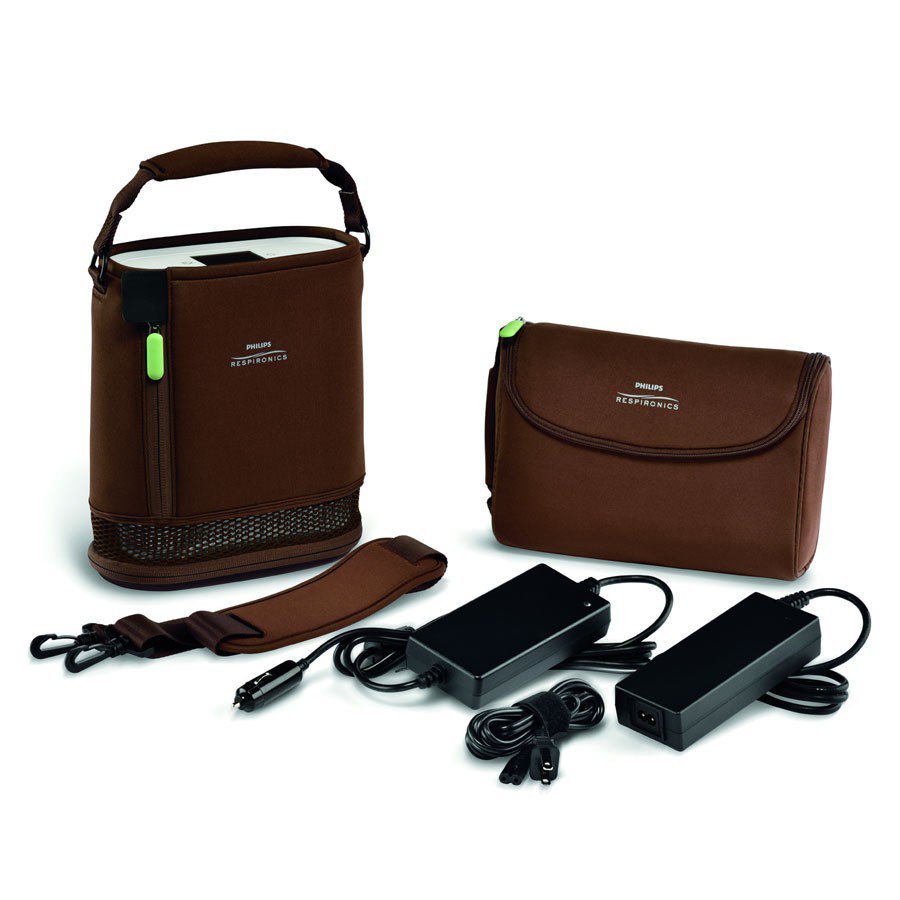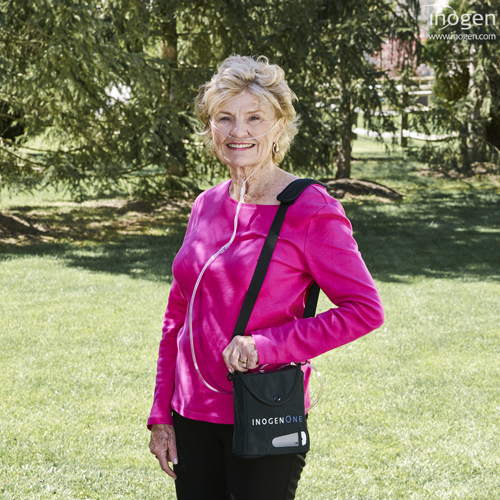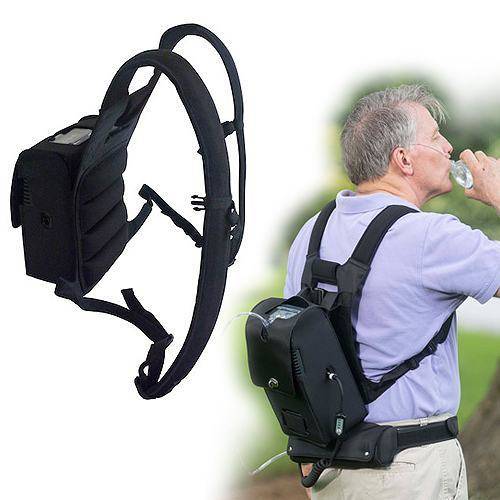Portable Oxygen Concentrators Fundamentals Explained
Wiki Article
Not known Details About Portable Oxygen Concentrators
Table of Contents6 Easy Facts About Portable Oxygen Concentrators DescribedPortable Oxygen Concentrators Fundamentals ExplainedThe Ultimate Guide To Portable Oxygen ConcentratorsPortable Oxygen Concentrators Can Be Fun For Anyone
Fixed oxygen concentrators were as soon as the criterion, but these tanks could weigh 50 pounds and were extremely troublesome (Portable Oxygen Concentrators). Now, portable oxygen concentrators do the job, and they can suit a handbag or purse! The only thing you must remember is that portable concentrators have much more minimal oxygen delivery capabilitiesThere are two main kinds of mobile oxygen concentrators: pulse dosage and continuous flow. As the name recommends, pulse dosage concentrators supply oxygen periodically, just triggering when you inhale. This sort of gadget is normally suggested for COPD clients with limited oxygen demands, as the amount of O2 that a pulse dosage concentrator can supply is relatively low.
This device can supply up to 3,000 m, L of oxygen every min, while pulse dose devices tend to cover out at 1250 m, L. Continual flow tools are the go-to for a lot of COPD clients, as they're suitable for individuals that need 2 to 5 liters of oxygen a minute.
Currently that you have this guide to the various types of portable oxygen machines, select the finest device with the aid of your doctor.
Portable Oxygen Concentrators Fundamentals Explained
We wondered how well these mobile oxygen concentrators would work in medical facilities. POC concentrators enhance the proportion of oxygen in ambient air individuals take a breath in, whenever they require an increase.When it concerns mobile oxygen therapy, there are two primary alternatives for distribution. These are mobile oxygen cyndrical tubes which have compressed oxygen gas, or oxygen concentrators, which use a battery powered system to press and filter air, in order to create a consistent supply of concentrated oxygen. In this blog post, AMS Compound Cylinders Technical Director, Tony Morrin, compares the two, taking a look at the pros and cons of each oxygen delivery system for NHS medical oxygen users in terms of person freedom.

Mobile Oxygen Concentrator Oxygen purity is constantly greater when provided from cyndrical tubes it never drops below 99. 6%, regardless of the circulation rate required. In battery-powered concentrators, purity is affected by circulation rate, and might be 90% or much less, relying on the equipment. Whilst oxygen concentrators can be useful for people that need a lower flow of oxygen, cyndrical tubes provide greater focus that can be better for individuals with high circulation demands.
Some Ideas on Portable Oxygen Concentrators You Need To Know
Both systems require the person to carry about tools. For cyndrical tubes, this will include carrying a bag (and periodically a trolley) and for portable oxygen concentrators this will certainly include the bag, trolley and power charger. Weight smart, mobile oxygen concentrators can be similar in weight, or sometimes, lighter than standard aluminium cyndrical tube systems.
They will have to boost substantially if they are to provide the exact same degree of performance as equivalent composite cyndrical tubes. Oxygen always carries a security risk. On one hand, should cyndrical tubes spring a leak, they can develop an oxygen rich setting that might lead to a boost in fire danger.

The distinction is that there are substantial in advance costs to acquiring a mobile oxygen concentrator, however lower running prices utilizing cylinders allows the purchaser to spread out the expense over an extended duration of time. One small drawback of a portable oxygen concentrator is the noise mobile systems make a significant quantity of noise throughout procedure, which many people find disruptive.
10 Simple Techniques For Portable Oxygen Concentrators

Our high-grade carbon composite cyndrical tubes use high pressure (300 Bar), low weight, and NLL (Non-Limited Life) efficiency, and are accredited for usage worldwide. Additional info about AMS Compound Cylinders Ltd can be discovered at .
Oxygen concentrators are created with individual flexibility in mind. Whether it's a desktop computer version for home usage or a smaller, light-weight version for on-the-go, these tools enable individuals to relocate openly without being tethered to a fixed device. Specifically for the ones especially designed for portability, patients can lug them around, promoting traveling and daily tasks easily.
One of the significant benefits of using an oxygen concentrator is the removal of the regular requirement to fill see this up oxygen containers. This not only lowers the logistical difficulties and reoccurring prices related to refills yet likewise makes sure that the user has an extra predictable and consistent resource of oxygen. Oxygen concentrators are made to fit perfectly into the home environment.
Report this wiki page